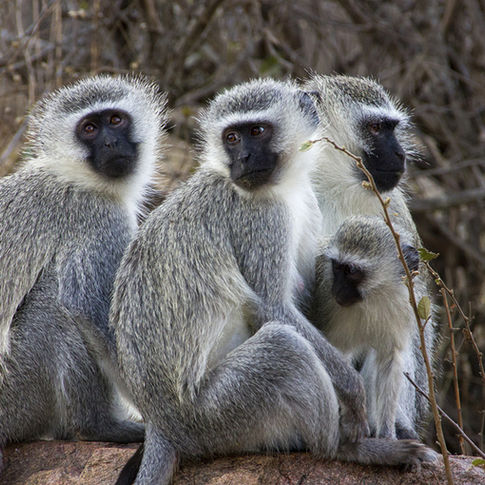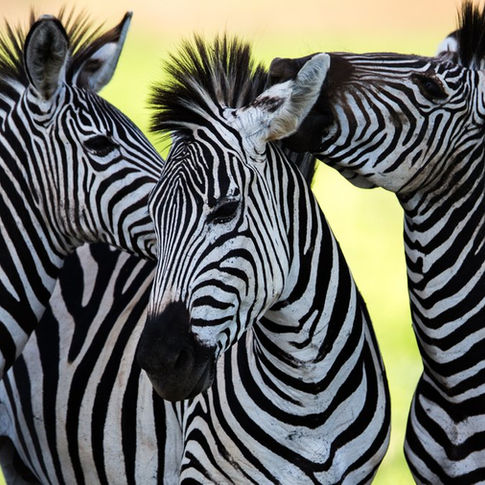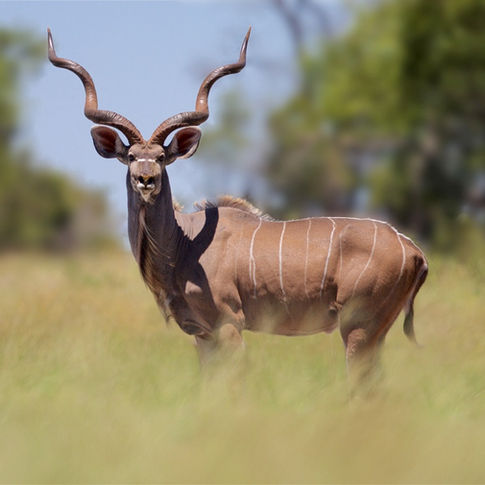

Large Game
Being only 40 kilometers as the crow flies from the Zambezi River and The Lower Zambezi National Park, it was quite common until recently for herds of buffalo and elephant to walk through Lwimba on their ancient migration routes.
In the forties and fifties, our neighbours suffered heavy cattle losses through predators and dozens of Lion were shot. Today the occasional appearance of a Big Five member attracts much comment, although Hyenas are a dangerous and common cattle predator.
Our dams and rivers are crocodile free at the moment. Lwimba Ranch is completely enclosed by a 2,2 meter electrified fence. Our game farming activities are licensed by The Zambia Wildlife Authority. Kudu are possibly our most common species with a number of trophy animals whilst we have re-introduced Sable; Giraffe; Waterbuck; Puku; and Zebra.
Small Game
Small game abounds with many small antelope species, including the fairly rare Red Duiker. There are a number of smaller cats with Genet, Civet and the more secretive Serval being the most common.
There are also a number of the nocturnal Porcupine, and Bush Pig, which can do significant damage to the crops.
The Vervet Monkeys have become plentiful, and with the nocturnal Bushbaby are the only Primates found on the farm.
On the reptile front there are many frog, lizard and snake species including the highly Venomous Black Mamba, and the Black Necked Cobra.
Bird Life
There is an array of birdlife on the farm with over 250 species identified.
The mixed bushveld hosts a number of species including Redthroated Twinspot, Collared Palm Thrush, Bush Black Cap and the elusive Olive Tree Warbler. The Zambian Endemic, the Chaplains Barbet, has been seen in the large fig tree above the Main House.
Raptors, both large and small, are plentiful. The Dickinsons Kestrel, Cuckoo Hawk, and Redbreasted Sparrowhawk probably amongst the more unusual spots. The waterways lay host to numerous Storks, Ducks and Crakes (Striped and Spotted having been seen on occassion), whilst the Black Coucal is plentiful in the nearby Grasslands.
Once the sun sets the Nightjars, Coursers (including Three Banded),and Owls take over, with the Spotted and Giant Eagle Owls, the Marsh and the Whitefaced Owl being the most common.
Plant Life
Vegetation on the Ranch consists of five main communities of which the largest is Tall Closed Woodland characterised by acacia trees which are more than ten metres tall, and form an almost closed canopy. The second main community is Low Open Woodland which occurs on our sandier soils where thorn trees are a major constituent. This gives us a reasonable food allocation for both browsers such as giraffe and kudu, and grazers such as zebra and sable.
Naturally occurring plants such as the flame and fireball lilies with their highly poisonous roots through to the exotically named parrot-beak gladiolus and foxglove orchid are often found in the bush.





